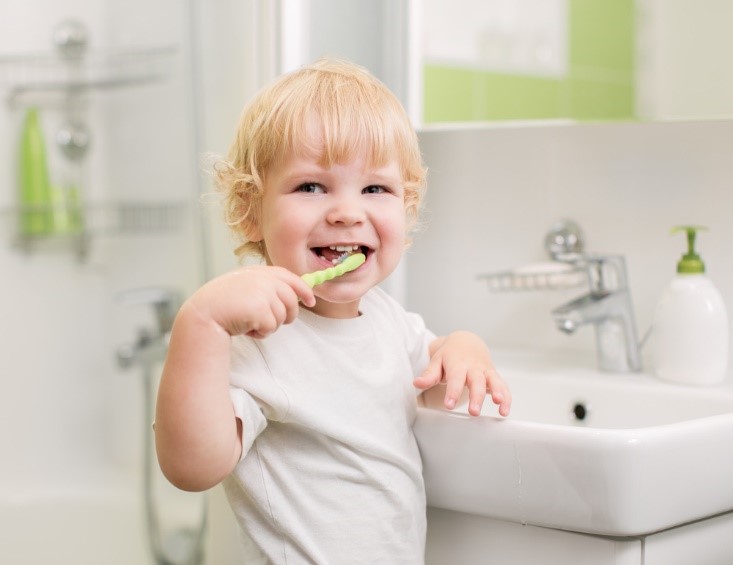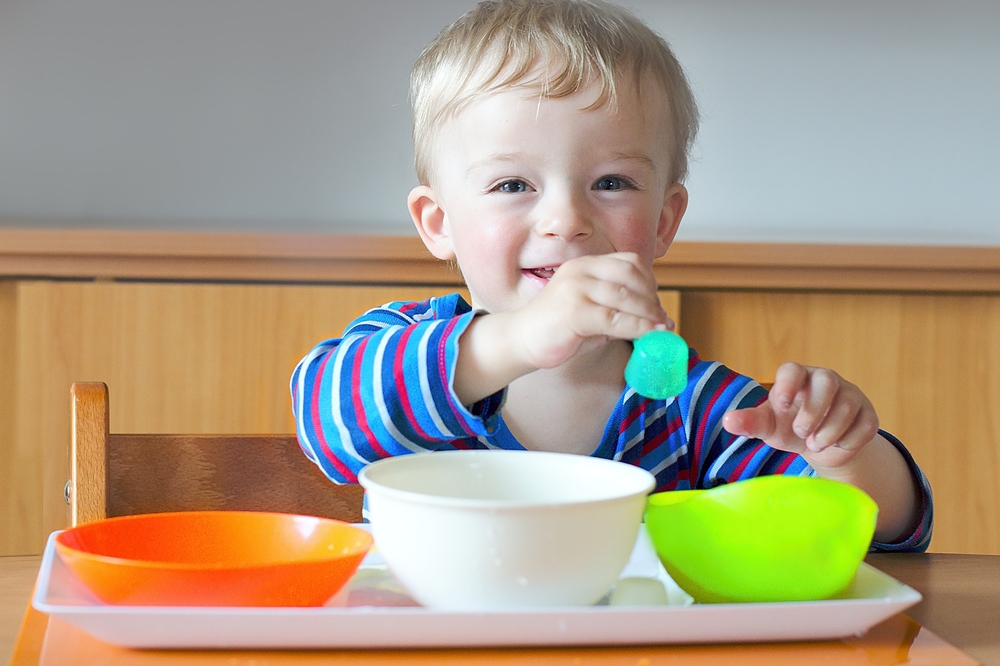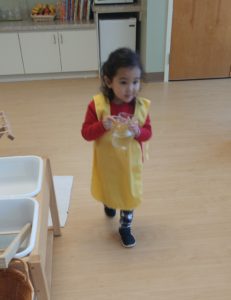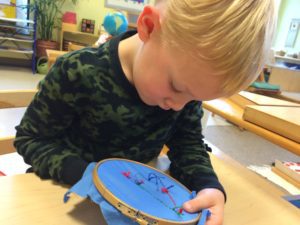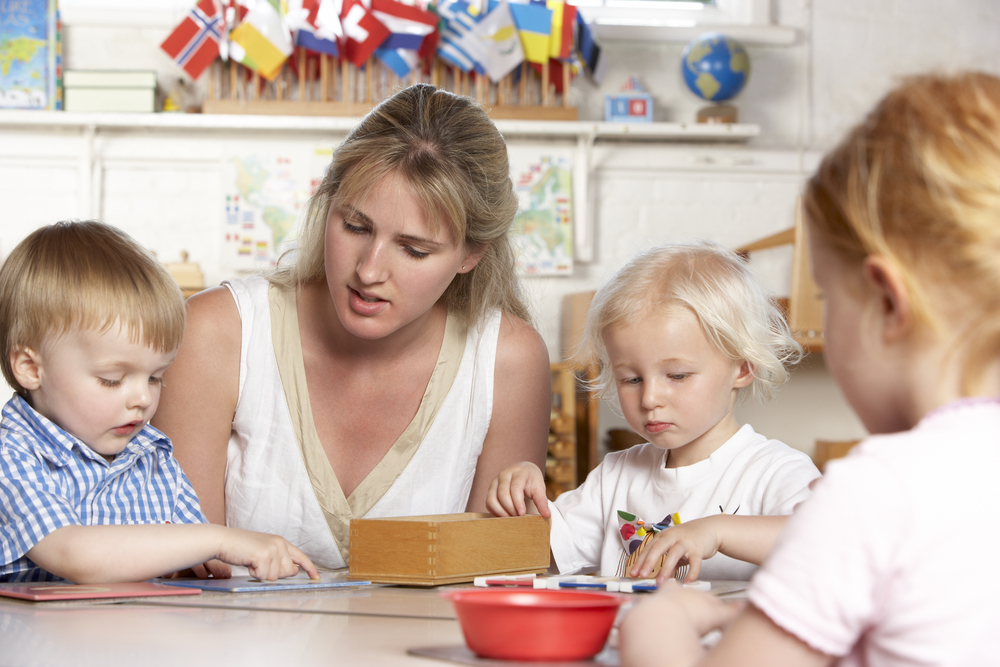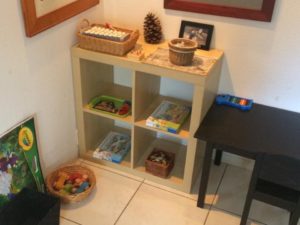How Montessori Preschools Build Your Child’s Self-Sufficiency and Independence
Dr. Maria Montessori often taught those around her to teach by this principle, “Help me to do it myself”. This can be achieved through the prepared environment where space is given to be independent and self-sufficient. During a time when kids have become even more reliant on their parents to do things for them (which sometimes even carries on into young adulthood), it becomes increasingly important that we teach our children self-sufficiency skills. One of the main goals of Montessori preschools is to raise a generation of independent and self-sufficient individuals.
This is important because success in life is almost always correlated to the degree in which people perceive themselves as independent. The way we achieve this independence and subsequent success is by starting at an early age. We prepare the environment to foster their best development. Then we observe and watch the child strive to be independent, grow, and learn. Hence, early childhood is the perfect time to start learning the skills that are necessary to be self-reliant and begin practicing them until the children can act on their own without help.
Care of Self
Learning how to take care of oneself is one of the biggest achievements that a child makes in the Montessori journey of becoming self-sufficient. In Montessori preschools, care of self is taught through practical life activities. Practical life exercises include learning basic skills needed on a daily basis. They are everyday life activities that a child learns to do in a purposeful way. The child learns about their own movements and learns how to refine their coordination. Some of these activities include dressing and undressing, which involves actions that sharpen fine motor skills, such as buttoning shirts and putting on shoes. Brushing teeth, combing hair, using the restroom, and preparing food are other practical life activities that a child may learn in a Montessori classroom.
Freedom of Choice
“Freedom of choice” comes from a well-prepared environment. This prepared environment is the key! The Montessori method has its roots in belief that each child is an individual that deserves to be respected. This is why children have freedom of choice in the classroom. In Montessori preschools, children are allowed to make their own decisions on what they work on. They are given the autonomy to choose to work on the lessons that interest them the most.
Self-Esteem
It is through independence that the birth of self-esteem begins. All opportunities around the children helps them build a better self-image leading to higher self-esteem. Unfortunately, children who become dependent on their parents or caregivers for everything, will eventually have lower self-esteem. On the bright side, however, one of the benefits of guiding children to become independent is that it raises their self-esteem.
Gaining a sense of self-reliance and independence also helps to develop a healthy self-image. When a child is shown how to do something, and then they are allowed to do it on their own, it boosts their self-esteem more than any amount of verbal praise ever will. The activities that the children complete teach them not only pride and a positive self-image but also perseverance.
Dr. Montessori on Self-Sufficiency and Independence:
Dr. Maria Montessori believed that every child was born with the natural capability of being an independent individual.
“Any child who is self-sufficient, who can tie his shoes, dress or undress himself, reflects in his joy and sense of achievement the image of human dignity, which is derived from a sense of independence.” -Maria Montessori

